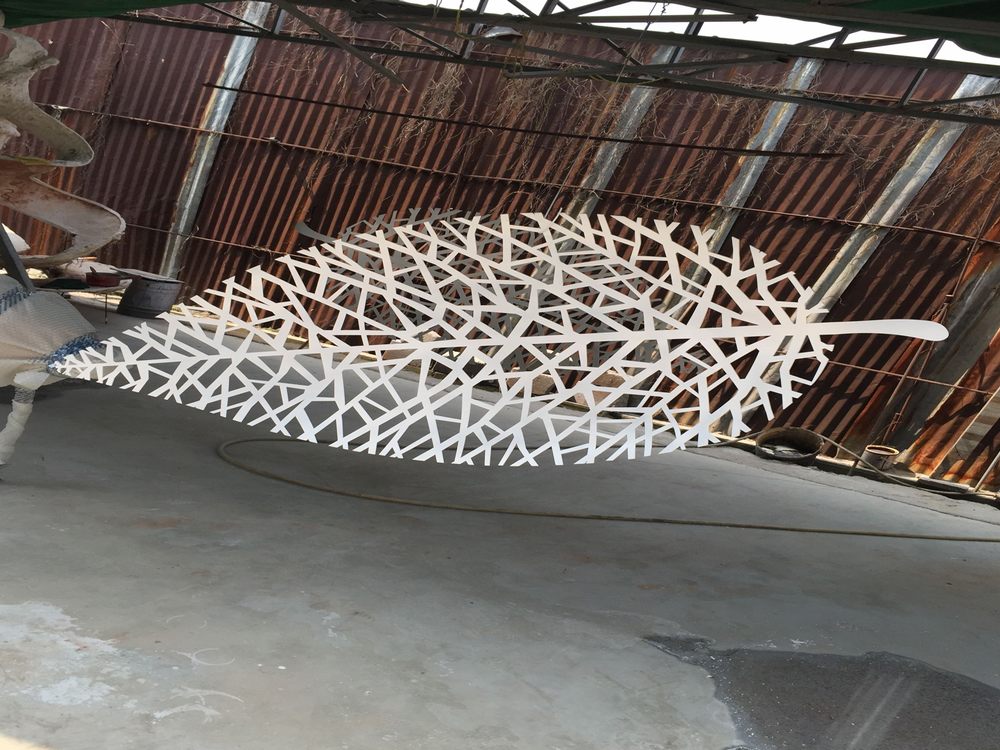
Stone sculptures have long served as silent yet powerful narrators of history, embedding themselves into the collective memory of a place. These enduring artworks act as tangible links to the past, capturing the essence of cultural identity and shared experiences. Whether carved as ancient monuments or modern public art, they evoke emotions, stories, and a sense of continuity across generations.
In cities and towns worldwide, stone sculptures often mark significant historical events, honoring heroes or commemorating tragedies. Their permanence contrasts with the fleeting nature of human life, making them anchors of memory. For instance, war memorials or religious statues become focal points for communal reflection, reinforcing shared values and historical consciousness.
Beyond their aesthetic value, stone sculptures function as educational tools. They invite curiosity, prompting viewers to explore the stories behind their creation. This interaction fosters a deeper connection between individuals and their environment, ensuring that cultural narratives are not forgotten.
Ultimately, stone sculptures transcend time, transforming public spaces into living archives. They remind us of who we were, who we are, and who we aspire to be, solidifying their role as custodians of collective memory.

